Many photographers dream of owning one of the super wide lenses. Not a
fisheye but a lens so wide it verges on fisheye. However as well as
being expensive, there are some steep learning curves to overcome when
using such wide lenses. In this brief article we will discuss a few of
the more prominent ones and some ways of using these lenses to get get
good images.
One thing super wides are really great for are symmetrical shots. The exaggerated perspective combines well with a symmetrical subject often producing striking, abstract images.
Another issue is that of filters. Some super wides have such convex elements that they cannot take standard filters, the Nikon 14-24mm 2.8 is a classic example. Others may have filter threads but at their widest aperture you may start getting vignetting even using just one filter. There are some manufacturers that produce filters with thin rims to help overcome this problem.
One of the hardest filters to use on a wide angle is a polarizer. Because of the wide sweep of sky that can be included in shot, when trying to punch out a crisp blue sky, you may find that some of the extremities of that sky will go so dark as to appear almost black. Monitor this carefully and if doubt shoot a series of shots with the polarizer at different angles.
So, this is just a very few hints and tips on using these versatile but difficult lenses. One of the great things about super wides is that you can break all the usual rules of composition and still end up with stunning shots.
Jason Row is a British born travel photographer now living in Ukraine. You can follow him on Facebook or visit his site, The Odessa Files. He also maintains a blog chronicling his exploits as an Expat in the former Soviet Union
Wide Angles can create dramatic all encompassing images
One
of the first things that takes some getting used to is the exaggerated
perspective, in other words where the foreground and background seem to
been stretched far apart. This can make composition difficult and you
need to think about your foreground a lot more than with a normal range
lens. To get the best out of a foreground subject you will need to move
in really close, depending on the size of the subject – sometime within a
few centimeters. It is here that you will really start to notice the
effect of the rule of thirds
on your composition, getting your subject on a third whilst leading the
eye to the now distant background can be a challenge and requires
careful positioning. Super wides can work well by positioning a horizon
on the upper third and filling the lower two thirds with an interesting
subject matter, this works particularly well on landscape photographs.
Use the foreground carefully
Another compositional conundrum with super wides is converging verticals.
As with all lenses pointing the camera up or down when shooting, for
example architecture, will cause the lines of the building to converge.
This effect is greatly exaggerated with a super wide. Some solutions
include getting further back at making sure the camera is pointing level
to the vanishing point, finding an elevated position or using the
converging verticals as a feature of the image, creating a dramatic,
abstract look.
Using converging verticals for dramatic effect
Super
wides can be great for interior shots, particularly cathedrals and
other large spaces. The converging vertical issue is prevalent here as
well but the points above are equally useful for interiors. Look for
lines to lead your eye into the image.One thing super wides are really great for are symmetrical shots. The exaggerated perspective combines well with a symmetrical subject often producing striking, abstract images.
Look for symmetry
One of the great advantages of super wides is their immense depth of field at most apertures. This is extremely useful for landscape photography
where you want a good foreground subject to lead the eye to the
sweeping vista behind and need both to have good focus. However, with a
fast super wide you can also create dramatic images by coming in super
close to your subject, focusing directly on that subject with a wide
aperture. The resulting image will draw the eye straight to the subject
matter whilst maintaining a dramatic, but out of focus background.
The different effects of depth of field
One
of the biggest issues with a super wide lens it that of flare. Because
the lens is taking in a large field of view and will often have an
extremely convex front element, the chance of light falling onto the
element is high. Because of their nature, lens hoods have to be short
and stubby and not actually that great at shielding the light. Be aware
of the position of the sun or other lights and check you images
carefully, one technique for reducing lens flare is to put the camera on a tripod and position your body, just out of shot, to shield the light.Another issue is that of filters. Some super wides have such convex elements that they cannot take standard filters, the Nikon 14-24mm 2.8 is a classic example. Others may have filter threads but at their widest aperture you may start getting vignetting even using just one filter. There are some manufacturers that produce filters with thin rims to help overcome this problem.
One of the hardest filters to use on a wide angle is a polarizer. Because of the wide sweep of sky that can be included in shot, when trying to punch out a crisp blue sky, you may find that some of the extremities of that sky will go so dark as to appear almost black. Monitor this carefully and if doubt shoot a series of shots with the polarizer at different angles.
So, this is just a very few hints and tips on using these versatile but difficult lenses. One of the great things about super wides is that you can break all the usual rules of composition and still end up with stunning shots.
Jason Row is a British born travel photographer now living in Ukraine. You can follow him on Facebook or visit his site, The Odessa Files. He also maintains a blog chronicling his exploits as an Expat in the former Soviet Union

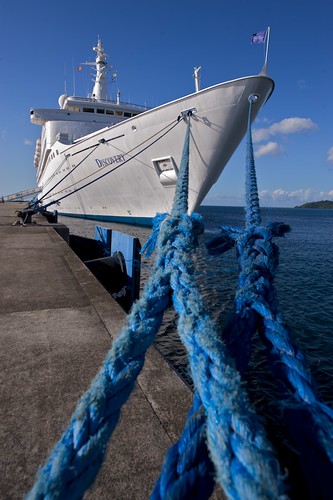
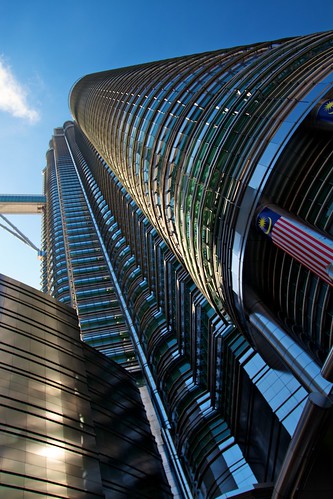
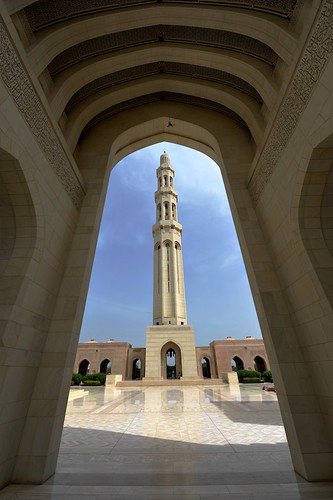
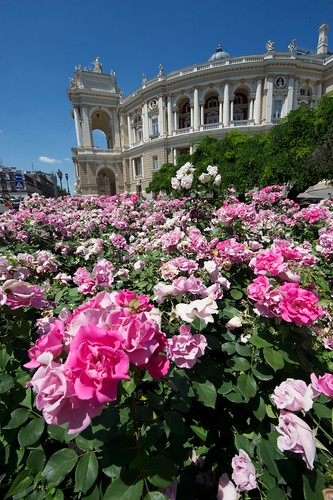
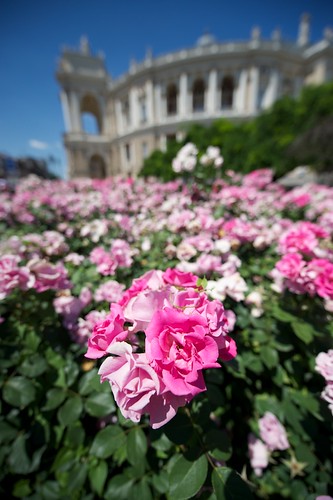
No comments:
Post a Comment